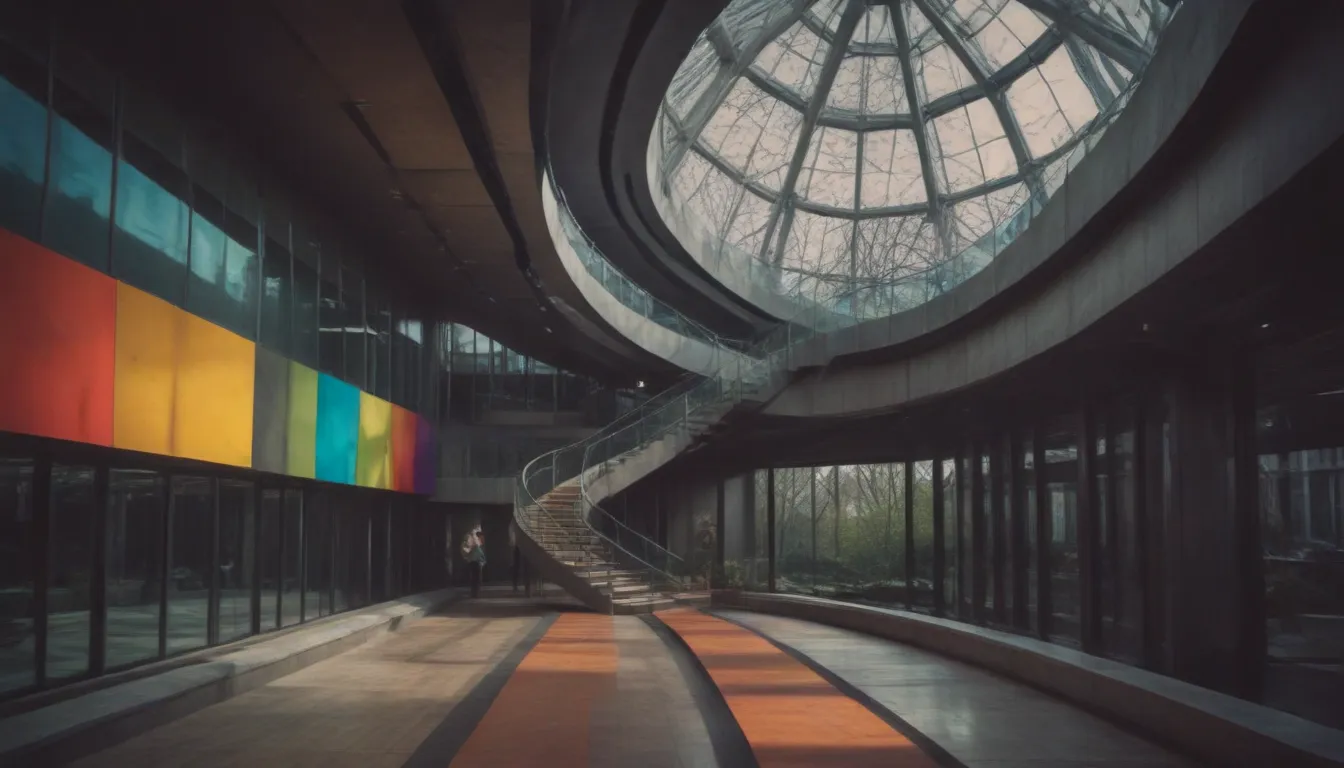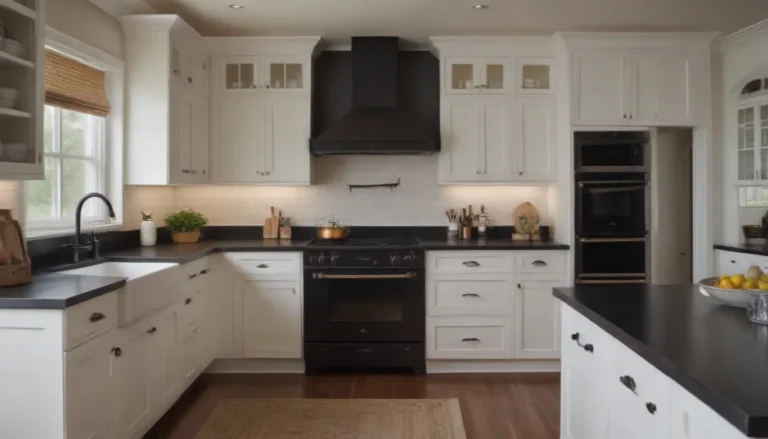Exploring Contemporary Architecture: An Exciting World of Innovation and Unconventional Design

Welcome to the fascinating world of contemporary architecture! If you’ve ever marveled at the unique shapes and forms of modern buildings, you’ve likely been admiring the work of contemporary architects. In this article, we’ll delve into what contemporary architecture is all about, the key characteristics that define it, and some interesting facts that will help you better understand this dynamic and ever-evolving field.
Understanding Contemporary Architecture
Contemporary architecture is a term used to describe buildings that have been constructed from the late 20th century to the present day. Unlike traditional architectural styles, contemporary buildings are not bound by a specific set of rules or aesthetic principles. Instead, they embrace innovation, creativity, and a willingness to break with the past.
What Is Contemporary Architecture?
At its core, contemporary architecture is all about pushing boundaries and exploring new possibilities. Buildings in this style often feature:
- Unadorned facades
- Asymmetrical or non-linear forms
- Large volumes
These structures can vary greatly in appearance, thanks to the use of innovative building materials and construction techniques. From gravity-defying skyscrapers to sustainable tiny houses, contemporary architecture offers a diverse range of design possibilities.
Key Elements of Contemporary Architecture
If you’re trying to identify a contemporary building, here are some key elements to look out for:
- Unconventional forms and shapes
- Innovative use of materials
- Sustainable building practices
Contemporary architects are constantly pushing the boundaries of what is possible in architecture, creating buildings that challenge our perceptions and inspire awe.
The Evolution of Contemporary Architecture
Contemporary architecture is not confined to a single style or era. It represents a departure from the rigid rules of the past and a move towards a more fluid and experimental approach to design. The modern period of the early 20th century and the postmodern era of the 1960s to the ’90s laid the foundation for the emergence of contemporary architecture.
As we continue to advance technologically and environmentally, contemporary architects have access to a wide array of tools and resources to bring their visions to life. From computer-generated designs to sustainable building practices, the possibilities for innovation in contemporary architecture are endless.
Sustainability in Contemporary Architecture
One of the defining features of contemporary architecture is its focus on sustainability. With growing concerns about climate change and environmental degradation, architects are increasingly turning to recycled and natural materials, as well as energy-efficient building systems. By integrating sustainability into their designs, contemporary architects are helping to create a more sustainable future for our planet.
In fact, buildings in the U.S. alone accounted for 39 percent of CO2 emissions in 2011. By incorporating sustainable practices into their designs, contemporary architects are playing a crucial role in reducing the environmental impact of the built environment.
Fun Facts About Contemporary Architecture
- Modern and contemporary are often used interchangeably when describing architecture, but they actually refer to distinct styles. Modernism is characterized by clean lines and minimalism, while contemporary architecture embraces unconventional forms and innovative features.
- In 2017, the Royal Mail issued a stamp collection featuring 10 iconic public buildings from the previous 20 years to celebrate the UK’s “renaissance of contemporary architecture.” The stamps showcased stunning architectural feats such as the London Aquatics Centre and the Tate Modern in London.
- Contemporary architecture is constantly evolving, with new technologies and materials shaping the way we design and build structures. From smart home technology to customizable LED lighting, contemporary buildings are at the forefront of innovation in the architectural world.
Conclusion
In conclusion, contemporary architecture is a vibrant and dynamic field that continues to push the boundaries of what is possible in design and construction. By embracing innovation, sustainability, and creativity, contemporary architects are shaping the future of our built environment in exciting and inspiring ways. Whether you’re admiring a sleek skyscraper or a sustainable tiny house, take a moment to appreciate the ingenuity and vision that goes into creating these architectural wonders. Welcome to the world of contemporary architecture—where anything is possible.





